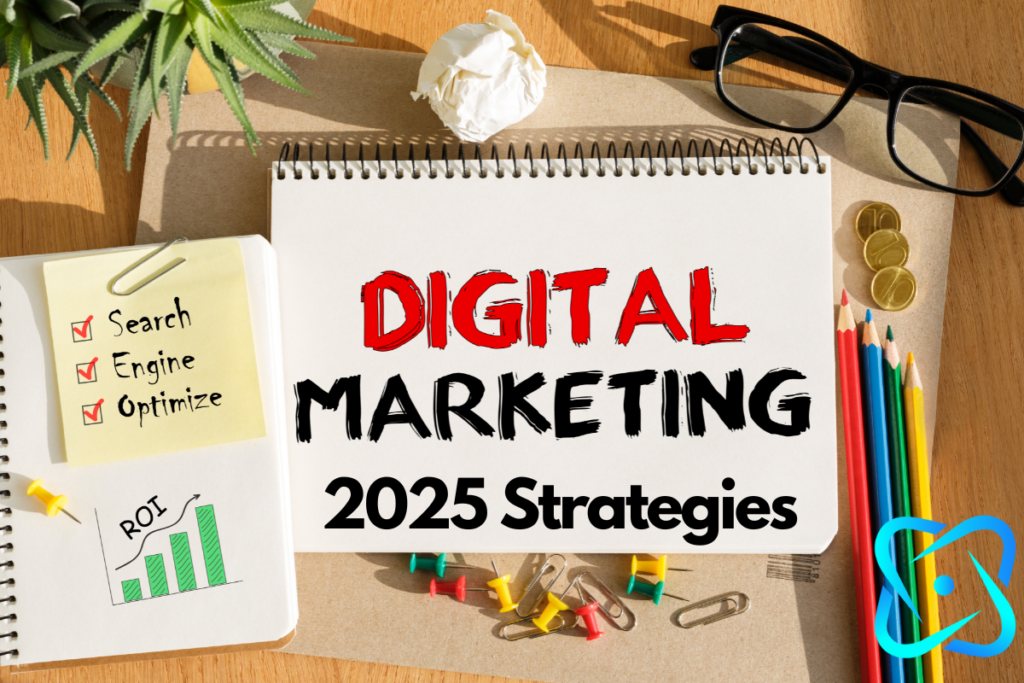User Experience (UX) in Marketing: Why It Matters
Isn’t it frustrating when you have a terrible online experience with a digital product or service? In today’s digital age, where consumers have endless choices at their fingertips, the success of a marketing strategy hinges not just on the quality of the product or service, but significantly on the user experience (UX). Understanding and implementing effective UX in marketing can be the difference between a thriving business and a struggling one. This blog post delves into the importance of UX in marketing, supported by statistics, examples, and actionable tips.

Understanding User Experience (UX)
User Experience (UX) refers to the overall experience a user has when interacting with a product, service, or system. It encompasses all aspects of the end-user’s interaction, including ease of use, accessibility, and the overall satisfaction derived from the interaction.
The Core Components of UX
UX design is a multidimensional field that incorporates various key components:
- Usability: How easily can a user navigate and use the product?
- Accessibility: Is the product accessible to all users, including those with disabilities?
- Desirability: Does the design and functionality evoke a positive emotional response?
- Findability: Can users easily find what they need?
- Credibility: Does the user trust the product and the brand?
My Personal Experience
Don’t you just hate it when a website has a terrible user experience? As someone who isn’t particularly tech-savvy, I find it incredibly frustrating when I encounter a site or tool that isn’t user-friendly. It’s almost an immediate turn-off.
Recently, I ordered an AI tool that was supposed to make my writing process easier. However, after spending three frustrating days trying to navigate it, I decided to cancel my subscription and request a refund. The user experience was so poor that I couldn’t justify the effort it took to improve my writing.
Call me old-fashioned, but sometimes it feels simpler and more efficient to stick to my tried-and-true methods of writing articles by hand rather than wrestling with complicated new technology.
This personal experience highlights why user experience (UX) is crucial in modern marketing.

Why UX Matters in Marketing
In today’s digital age, where countless tools and platforms compete for our attention, the ease with which we can navigate a website or software can make or break our decision to engage with it. A seamless UX can be the difference between a loyal customer and a missed opportunity. Incorporating UX into marketing strategies is crucial for several reasons:
Enhancing Customer Satisfaction
When users navigate your website effortlessly and find what they need without hassle, you’re on the path to achieving higher customer satisfaction. It’s not just about aesthetics; it’s about function and ease of use. According to research conducted by Forrester, a well-designed user interface can boost your website’s conversion rate by up to 200%. Meanwhile, an enhanced overall UX design can see conversion rates soar by up to 400%. This staggering potential growth highlights the importance of investing in UX design. By creating a positive user experience, you encourage customers to return, laying the groundwork for a loyal customer base.
Boosting Brand Loyalty
Brand loyalty doesn’t just happen overnight. It’s cultivated through consistent, positive interactions with your brand. Good UX design plays a crucial role in fostering this loyalty by building trust. When users have a seamless experience, they’re more likely to return, engage with your content, and ultimately choose your brand over competitors. This loyalty often translates into powerful word-of-mouth referrals and positive online reviews, further expanding your brand’s reach and credibility.
Reducing Bounce Rates
A high bounce rate can be detrimental to your site’s SEO rankings and overall performance. It often indicates that users are not finding what they need or are frustrated with their experience. A thoughtful UX design ensures that visitors can quickly and efficiently access the information they’re seeking, reducing the likelihood of them leaving your site prematurely. By lowering bounce rates, you not only improve user satisfaction but also enhance your search engine rankings, making your site more visible to potential customers.
Improving Conversion Rates
At the end of the day, the ultimate goal of any marketing strategy is to convert visitors into customers. UX design plays a pivotal role in this process by streamlining the buyer’s journey. A user-friendly experience makes it easier for users to make purchase decisions, reducing friction points that could otherwise deter them. According to the Nielsen Norman Group, improving UX design can increase conversion rates by up to 400%. This highlights the potential return on investment businesses can achieve by prioritizing UX improvements.

Actionable Tips to Enhance UX in Marketing
Improving UX in your marketing efforts doesn’t have to be a daunting task. Here are some actionable tips to get you started:
Conduct User Research
Understanding your audience is the foundation of an exceptional user experience. By conducting thorough user research, you can gather valuable insights into customer needs, preferences, and pain points. Use surveys, interviews, and focus groups to gather qualitative data, while analytics tools can offer quantitative insights. This research will guide your design and content strategies, ensuring they resonate with your target audience.
Simplify Navigation
A well-organized website or app is crucial for a positive user experience. Simplifying navigation helps users find what they’re looking for without frustration. Implement a clear and intuitive menu structure, utilize breadcrumbs, and ensure search functionality is prominent and effective. By reducing the cognitive load on users, you can keep them engaged and reduce bounce rates.
Optimize for Mobile
With the increasing use of smartphones, mobile optimization is no longer optional. Ensure your website is responsive, loading quickly and displaying correctly on various screen sizes. Mobile users should have the same seamless experience as desktop users, with easy navigation, readable text, and accessible buttons. A mobile-friendly design not only improves UX but also boosts your search engine rankings.
Use A/B Testing
A/B testing is a powerful tool for optimizing user experience. By testing different versions of a webpage or element, you can determine which performs better in terms of user engagement and conversion. Experiment with variations in headlines, layouts, colors, and calls to action to see what resonates best with your audience. Data-driven decisions will help refine your marketing strategies for maximum impact.

Focus on Content Accessibility
Ensuring content accessibility is not just a legal obligation but a moral one. Make your content inclusive by following accessibility guidelines such as using alt text for images, ensuring sufficient color contrast, and providing transcripts for audio and video content. By making your content accessible to all users, including those with disabilities, you enhance UX and broaden your reach.
Conclusion
In conclusion, user experience is a critical component of effective marketing strategies. By prioritizing UX, businesses can enhance customer satisfaction, boost brand loyalty, and ultimately drive conversions. By implementing the actionable tips discussed in this blog, marketers can create a more engaging and efficient user journey, ensuring long-term success in the competitive digital landscape.
Remember, in a world where consumer expectations are higher than ever, providing an exceptional user experience is not just an option—it’s a necessity.



